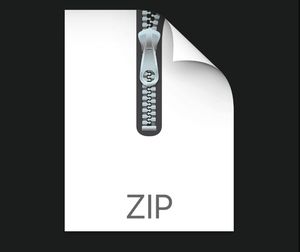$30
ECE4530J Homework 2-Solved
Problem 1
Consider the trajectory tracking problem with acceleration being the control input:
𝑥[𝑡 + 1] 1 𝛿 𝑥[𝑡] 0
[ ] = [ ] [ ] + [ ] 𝑢[𝑡].
𝑣[𝑡 + 1] 0 1 𝑣[𝑡] 𝛿
Let 𝑥̅[𝑡] = 𝑣̅𝑡 be the reference trajectory to track.
a) Reformulate the state-space model with the position and speed errors being the state.
b) Using the reformulated model, find a linear controller that stabilizes the system.
c) Find a linear controller that destabilizes the system.
Problem 2
Consider a one-dimensional non-linear system
𝑥̇ = 𝑎1𝑥 + 𝑎2𝑥2 + 𝑏𝑢 + 𝑐.
a) Use Taylor expansion to linearize the RHS of the dynamical equation in the neighborhood of 𝑥 = 0.
b) For the linearized system, design a linear controller 𝜇(𝑥) that stabilizes the linearized system. Hint: a linear system 𝑥̇ = 𝑎̃𝑥 is stable if and only if 𝑅𝑒(𝑎̃) < 0.
c) For the continuous-time system, design a controller 𝜇(𝑥) such that, with 𝑢 = 𝜇(𝑥), the RHS of the dynamical equation is linear. Hint: do not confuse this part with part a).
Problem 3
Consider a two-vehicle platoon with states [𝑥1[𝑡]] , [𝑥2[𝑡]]. Vehicle 1 tracks a pre-specified 𝑣1[𝑡] 𝑣2[𝑡]
trajectory 𝑥̅[𝑡] = 𝑣̅𝑡, 𝑡 = 0,1,2, … Vehicle 2 follows vehicle 1 to keep a spacing of 𝑑 to vehicle 1. The inputs are the engine torques 𝜏1[𝑡] and 𝜏2[𝑡]. For 𝑖 = 1,2, the propelling force is given by 𝛼𝜏𝑖, while the resistant force is given by 𝛽𝑣𝑖2. The vehicle masses are 𝑚1, 𝑚2, respectively. a) Formulate Newton’s second law for both vehicles.
b) Formulate the state-space model for both vehicles using absolute position and speed as the state.
c) Reformulate the model with the tracking/following errors being the state.
d) Construct a trajectory-tracking policy for vehicle 1, i.e., a function that maps tracking errors 𝑒1, 𝑦1 to 𝜏1. Explain why the policy will work. No mathematical proof needed.
e) [Bonus] Construct a vehicle-following algorithm for vehicle 2, i.e., a function that maps 𝑥1, 𝑣1, 𝑥2, 𝑣2 to 𝜏2. Explain why the policy will work. No mathematical proof needed.



